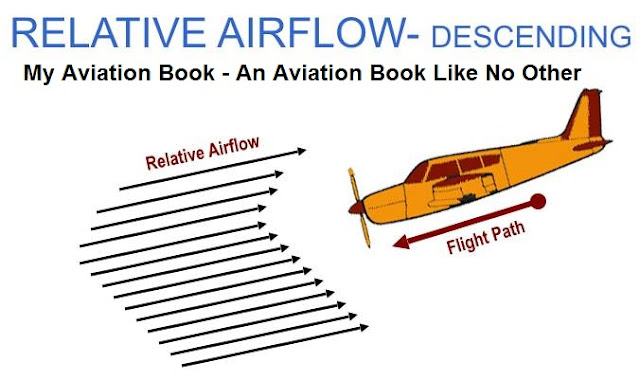

These parameters are influenced by the interaction of outdoor temperature, livestock, ventilation system and building design. (2000) stated that the physical environment of farm animals inside buildings is primarily characterized by hygro-thermal parameters and air quality. The unique weather conditions in Korea, that of an extremely cold winter and a very humid summer had resulted to the proliferation of conventional pig housing systems without appropriate ventilation systems designed to give comfort and consequently enhanced growth performance of pigs. Further emphasis on its cost effectiveness will be the subject of future investigations. The ideal air velocity measurement favored the EPH and therefore can be appropriate for the Korean environment. Characteristics of airflow direction and pattern were consistent relative to housing system during both summer and winter but not of airspeed. The EPH consistently maintained an effective indoor airspeed irrespective of season however the CPH had defective and stagnant air at pig nose level during winter. These findings proved that despite the difference in the housing systems, a stable indoor temperature was necessary to minimize the impact of an avoidable and highly fluctuating outdoor temperature. There was a significant improvement in weight gain and feed intake of pigs reared in the EPH compared to the CPH (p<0.05).

However, no air movement was observed in almost all the lower portions of the CPH during winter because of the absence of an inlet feature.

The air velocity at pig nose level in the EPH during summer was 0.23 m/s, enough to provide comfort because of the unique design of the inlet feature. These values were less than the critical ammonia level for pigs with the EPH maintaining a lower level than the CPH in both winter and summer. The NH 3 levels in the CPH ranged from 9.31 to 16.9 mg/L during summer and 5.1 to 19.7 mg/L during winter whilst that of the EPH pig house was 7.9 to 16.1 mg/L and 3.7 to 9.6 mg/L during summer and winter, respectively. However, the temperature fluctuation of the CPH during winter was almost the same with that of EPH at 14.5 to 18.2☌. Against a highly fluctuating outdoor temperature, the EPH was able to maintain a stable temperature at 24.8 to 29.1☌ during summer and 17.9 to 23.1☌ during winter whilst the CPH had a wider temperature variance during summer at 24.7 to 32.3☌. The ventilation systems used were negative pressure type for the enclosed pig house (EPH) and natural airflow for the conventional pig house (CPH). The NH 3 concentration of both housing systems was also investigated in relation to the pig’s growth. This study aimed to compare the dynamics of air temperature and velocity under two different ventilation and housing systems during summer and winter in Korea.


 0 kommentar(er)
0 kommentar(er)
